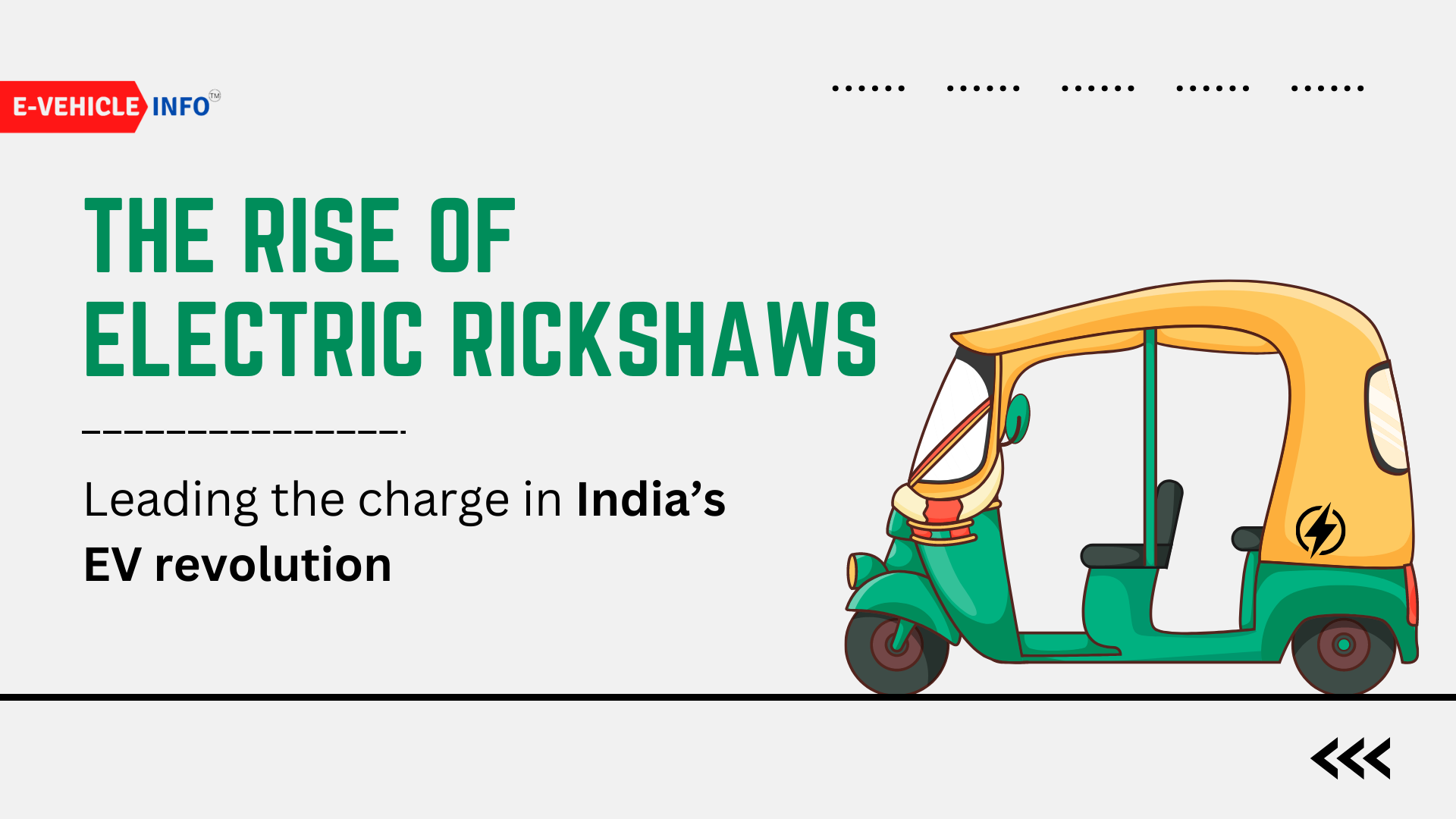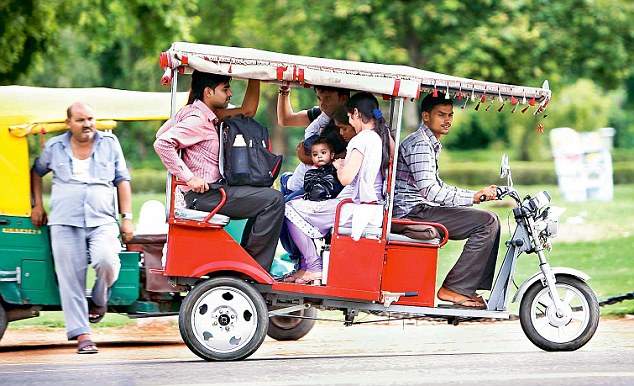
Table of Contents
Rise of Electric Rickshaws
In the crowded streets surrounding Delhi’s mass transit hubs, among scores of three-wheelers with sputtering engines, one can frequently find e-rickshaws, their electric motors humming quietly.
These battery-powered autos offer livelihoods to thousands of people across the capital, provide last-mile connectivity to many more, deliver goods, and reduce air pollution. And yet, they are far from being ubiquitous in Delhi, or elsewhere in India.
According to the report, e-rickshaws currently make up 83% of the electric vehicle market in India. There are currently around 2 million electric rickshaws in India, adding about 15,000 new electric vehicles the sale every month.
These numbers are likely to be higher as many are still unregistered. By 2024, the market is expected to sell 925,000 electric rickshaws.
The main growth factors behind this huge growth are the economic and environmental benefits, along with the supportive government policy landscape.
How are E-Rickshaws proving beneficial?
There is a global demand for electric rickshaws due to their low shipping costs, affordable prices, and ability to travel through crowded metropolitan roadways. It is also growing in popularity among merchants because they offer last-mile delivery at the lowest price, which helps increase profits.

Additionally, e-rickshaws are becoming more popular with consumers due to tighter emissions regulations, higher fuel prices, incentives, and wider e-rickshaw options and hence there is increasing demand for rickshaws in the primary, secondary, and urban and rural markets.
Among other vehicles, electric rickshaws would be a wise choice for last-mile connections. They are considered smart because they are suitable for urban settings, emit little local pollution, and have low emissions and speed.
According to a report by the NITI Aayog and the think tank RMI India, the annual credit market for EVs is expected to grow to Rs 3,700 by 2030 in terms of financial flexibility. Two and three-wheeled vehicles will account for less than 10% of this, but they will be crucial in building important projects and helping local governments meet key climate goals such as reducing pollution.
E-rickshaw ownership
Many people in towns and cities in India now use eco-friendly electric rickshaws, instead of traditional bicycle rickshaws. It is also preferred by many drivers for its functionality and convenience. Thanks to its progress, India’s public transport has become greener and more efficient.
According to the data compiled by Vahan, Uttar Pradesh (403,411) is the state that uses the most e-rickshaws, followed by Delhi (117,885) and Bihar (108,669). Eight states alone have fewer than 1,000 registered e-rickshaws. In terms of e-rickshaws per million inhabitants, Delhi has the highest number of e-rickshaws among the Indian states.
Challenges
In the beginning, lack of adequate charging infrastructure and range anxiety were the biggest problems for electric rickshaws. However, due to fast-paced development, it is now getting easier to develop shared and public electric transportation in India.
The dependence on imports brought on by a lack of manufacturing and production, the high cost of purchasing electric bus fleets, a lack of research and development into batteries and EVs, a lack of infrastructure for charging, a lack of battery disposal systems, and outdated diesel vehicle scrapping regulations are a few of the challenges that lie ahead.
E-rickshaw need a government push
The electric auto-rickshaws can be given an edge to ply in tourist destinations and institutional areas. This can be done with the help of local municipal organizations and city authorities. Travel demand analysis completed for CMP can also be used for hotspot identification.

In addition, regulatory restrictions on diesel automatic rickshaws may lead to the use of electric automatic rickshaws. Permitting additional revenues from commercial advertisements on electric vehicles while ensuring that they are aesthetic and pleasing, will encourage the owners/drivers towards converting their old vehicles to electric ones. The life cycle of electric vehicles is also an issue that needs to be investigated and measures to dispose of batteries need to be investigated.
As a fact, the life cycle of an electric rickshaw is highly affected by the number of recharging cycles. After usage, these batteries can be used for stationary charging mechanisms like grid-level storage.
As an important policy for urban transport, the government should actively promote electric auto rickshaws as there is a perceptible public acceptance for them evident from the unregulated and phenomenal growth of e-rickshaws in many north Indian cities.
Read More:- Top 5 Cargo Electric Rickshaws in India 2023






